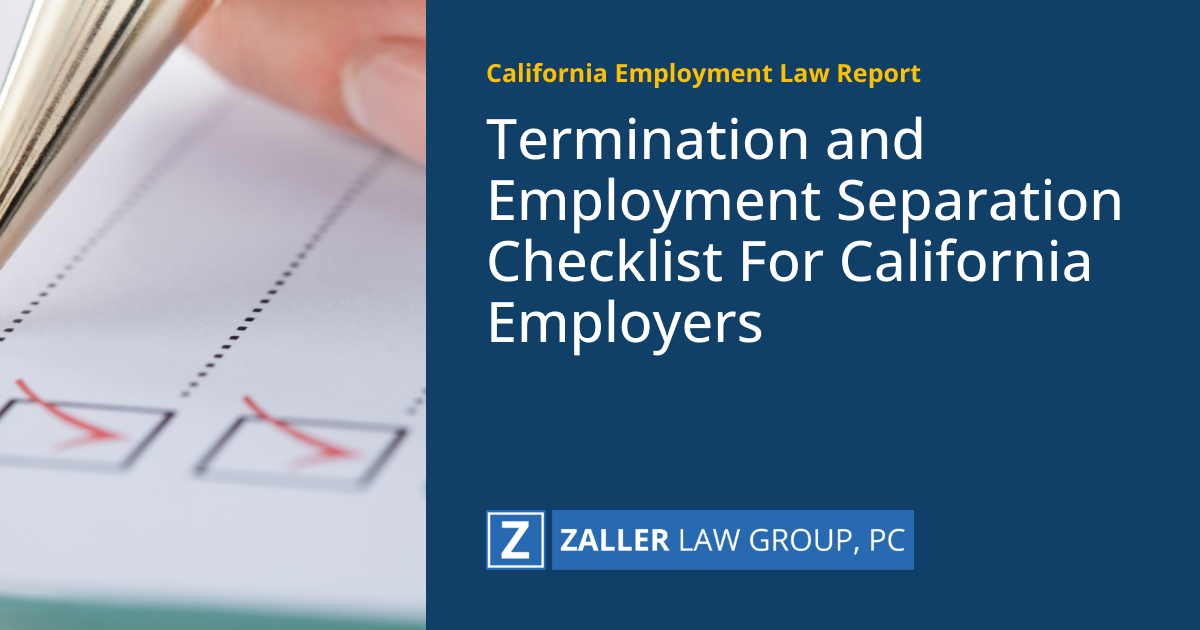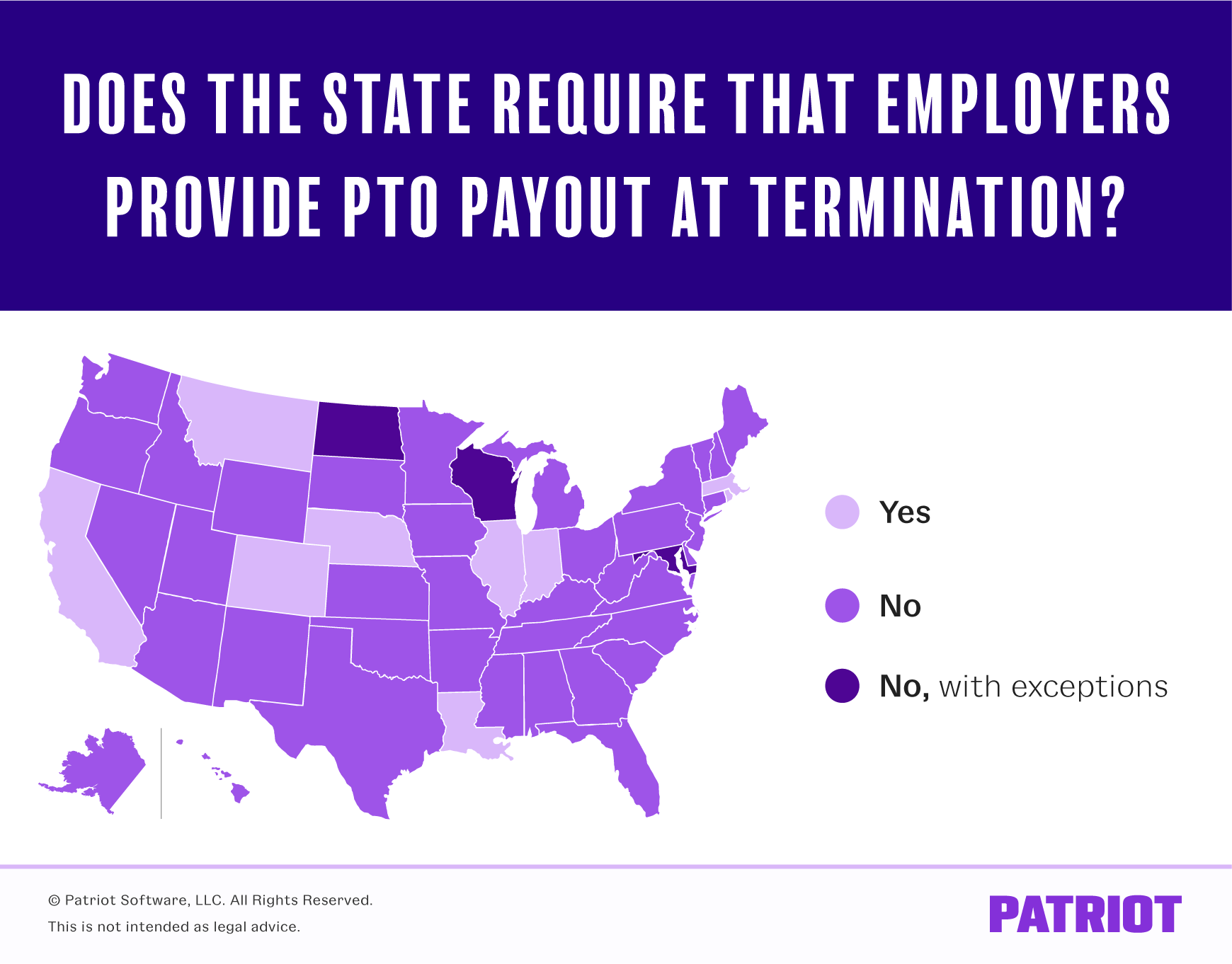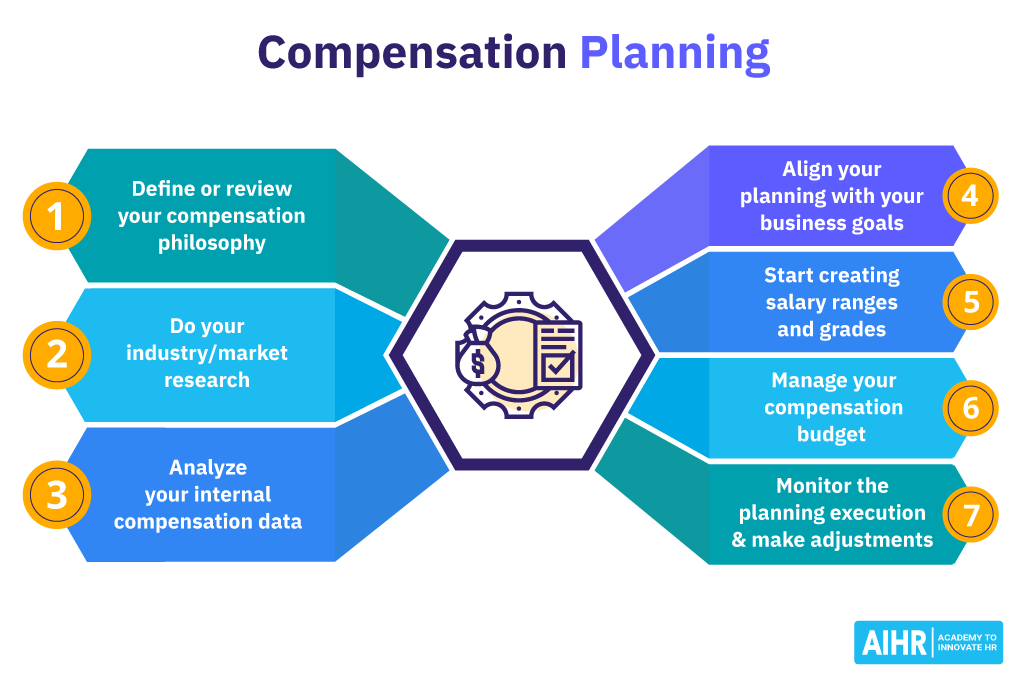Terminating an employee is a complex and potentially litigious process in California, where labor laws heavily favor workers’ rights. To avoid costly lawsuits and ensure compliance with state regulations, employers must follow a meticulous procedure. A well-structured termination process helps mitigate risks associated with wrongful termination claims, discrimination allegations, and other related liabilities. This article provides a comprehensive checklist for terminating an employee in California, outlining essential steps to navigate the intricacies of state labor laws and minimize exposure to legal pitfalls, protecting the interests of employers throughout the termination process.
Understanding California Employment Law for Termination
Terminating an employee in California can be a complex process due to the state’s stringent employment laws, which are designed to protect employees from unfair labor practices. Employers must navigate these laws carefully to avoid legal pitfalls that could result in costly lawsuits. California is an at-will employment state, meaning that employers can terminate employees without cause, but there are significant exceptions to this rule, including terminations that are discriminatory, retaliatory, or violate public policy.
Pre-Termination Checklist: Ensuring Compliance with California Law
Before terminating an employee, it’s crucial to ensure that all necessary steps have been taken to comply with California law. This includes documenting performance issues, providing necessary warnings, and following company policies. A thorough pre-termination checklist can help employers avoid common mistakes that could lead to legal issues.
| Action | Description |
|---|---|
| Document Performance Issues | Keep a detailed record of the employee’s performance problems, including dates, times, and specifics of incidents. |
| Provide Warnings and Feedback | Ensure that the employee has been given clear warnings and opportunities to improve, with documentation of these interactions. |
| Review Company Policies | Verify that the termination is consistent with company policies and procedures. |
Understanding At-Will Employment and Its Exceptions
While California is an at-will employment state, there are significant exceptions to this doctrine. Employers cannot terminate employees for reasons that are discriminatory, retaliatory, or contrary to public policy. Understanding these exceptions is crucial for employers to avoid wrongful termination claims.
| Exception | Description |
|---|---|
| Discrimination | Terminations based on protected characteristics such as race, gender, age, or disability are prohibited. |
| Retaliation | Terminating an employee for reporting wrongdoing, filing a complaint, or participating in an investigation is illegal. |
| Public Policy | Terminations that violate fundamental public policy, such as firing an employee for serving on a jury, are not allowed. |
Final Paycheck Requirements in California
California law has specific requirements regarding the final paycheck for terminated employees. Employers must provide the final paycheck in a timely manner, with all earned wages and accrued vacation pay included.
| Requirement | Timeline |
|---|---|
| Immediate Payment | If an employee is fired, their final paycheck is due immediately. |
| 72 Hours for Resignation | If an employee quits without giving 72 hours’ notice, the employer has 72 hours to provide the final paycheck. |
| Include Accrued Vacation | The final paycheck must include payment for accrued but unused vacation time. |
COBRA and Health Insurance Continuation
Under California law, employers with group health plans must comply with COBRA (Consolidated Omnibus Budget Reconciliation Act) requirements, allowing terminated employees to continue their health insurance coverage for a certain period.
| COBRA Requirement | Description |
|---|---|
| Notice of COBRA Rights | Employers must notify terminated employees of their right to continue health insurance coverage under COBRA. |
| Duration of Coverage | COBRA coverage can last for up to 18 or 36 months, depending on the qualifying event. |
| Premium Payments | Terminated employees are responsible for paying the full premium for COBRA coverage. |
Best Practices for Documenting Termination
Proper documentation is key to defending against wrongful termination claims. Employers should ensure that all aspects of the termination process are well-documented, from the reasons for termination to the final paycheck and any subsequent communications.
| Documentation | Importance |
|---|---|
| Termination Letter | A clear and concise letter stating the reason for termination and the effective date. |
| Personnel File Review | Ensure that the employee’s personnel file is up-to-date and includes all relevant documentation. |
| Post-Termination Communication | Document any communication with the terminated employee after the termination date. |
What must an employer provide when terminating an employee in California?
When terminating an employee in California, an employer must provide certain items to the employee. Under California law, an employer is required to provide a terminated employee with their final paycheck, which includes payment for all accrued but unused vacation time, on the last day of work or within 72 hours of termination, depending on whether the termination was voluntary or involuntary.
Final Paycheck Requirements
The final paycheck must include all earned wages, including accrued vacation pay, and must be paid in accordance with California law. The employer must also ensure that the final paycheck is paid in a timely manner, with the timing depending on whether the employee was terminated or quit. The requirements for the final paycheck are as follows:
- The final paycheck must include payment for all hours worked.
- The final paycheck must include payment for accrued but unused vacation time.
- The employer must pay the final paycheck on the last day of work or within 72 hours of termination.
COBRA and Health Insurance Benefits
In addition to the final paycheck, an employer must also provide information about COBRA benefits and health insurance continuation coverage. Under California law, an employer with 20 or more employees must offer COBRA continuation coverage to terminated employees, allowing them to continue their health insurance coverage for a certain period of time. The requirements for COBRA benefits are as follows:
- The employer must provide written notice of COBRA rights to the terminated employee.
- The employer must offer COBRA continuation coverage to the terminated employee.
- The terminated employee has 60 days to elect COBRA coverage.
Other Required Documents and Notices
An employer must also provide other required documents and notices to a terminated employee in California. These may include a certificate of unemployment insurance, a notice of unemployment benefits, and other documents. The requirements for these documents are as follows:
- The employer must provide a certificate of unemployment insurance to the terminated employee.
- The employer must provide a notice of unemployment benefits to the terminated employee.
- The employer must provide other required documents, such as a Form 1099 or a notice of severance pay.
What to avoid when terminating an employee?

When terminating an employee, there are several key factors to avoid in order to minimize potential disputes and ensure a smooth transition. Proper procedure is essential to avoid wrongful termination claims. This includes following the company’s disciplinary and termination procedures, as outlined in the employee handbook or contract.
Avoiding Discriminatory or Biased Terminations
Terminating an employee based on discriminatory reasons such as age, sex, race, or disability can lead to serious legal consequences. To avoid this, ensure that the termination decision is made based on legitimate business reasons.
- Maintain a clear record of the reasons for termination, focusing on performance issues or business needs.
- Ensure that the decision-making process is transparent and involves the appropriate personnel.
- Review the termination decision with the HR department or legal counsel to ensure compliance with anti-discrimination laws.
Maintaining Professionalism During the Termination Process
The manner in which an employee is terminated can significantly impact the company’s reputation and the terminated employee’s potential for future litigation. It’s crucial to handle the termination with professionalism and respect.
- Conduct the termination meeting in a private setting, ensuring minimal disruption to other employees.
- Be clear and direct about the reason for termination, while still being respectful of the employee’s dignity.
- Provide necessary information regarding severance packages, continuation of benefits, or outplacement assistance as applicable.
Post-Termination Considerations
After the termination, there are several steps to take to protect the company’s interests and ensure a smooth transition of the terminated employee’s responsibilities. Planning for the transition is key.
- Ensure that the necessary tasks and responsibilities are reassigned to other employees or covered by a temporary replacement.
- Secure the company’s intellectual property and data by revoking access to company systems and retrieving company property.
- Prepare for potential post-termination disputes by maintaining detailed records of the termination process and reasons.
What are the 7 steps that concern HR in terminating employees?

The 7 steps that concern HR in terminating employees involve a series of actions designed to ensure the process is handled fairly, legally, and with minimal disruption to the organization. These steps include planning and documentation, notification, final pay and benefits, return of company property, outplacement assistance, compliance with laws and regulations, and post-termination review.
Pre-termination Procedures
Before terminating an employee, it is crucial to have a well-documented process in place. This includes having valid reasons for termination, maintaining a record of performance issues or misconduct, and following any disciplinary procedures outlined in company policies or collective bargaining agreements. Key steps in this phase are:
- Reviewing and documenting employee performance or misconduct issues, highlighting key performance indicators or specific incidents.
- Ensuring that all necessary steps have been taken in accordance with company policies and legal requirements, including any disciplinary actions or performance improvement plans.
- Preparing the necessary documentation for the termination, including the termination letter and any other relevant paperwork.
Termination and Post-termination Processes
The actual termination process and what follows are critical for maintaining legal compliance and supporting both the departing employee and the remaining staff. This involves:
- Conducting the termination meeting professionally, ensuring that the reason for termination is clearly communicated and that the employee is treated with dignity and respect.
- Providing the employee with information regarding final pay, including any accrued but unused leave, and details about continuation of benefits, if applicable.
- Retrieving all company property from the employee, including equipment, documents, and any other company materials.
Legal Compliance and Support
Ensuring that the termination process complies with all relevant laws and regulations is vital to avoid legal repercussions. This includes:
- Being aware of and adhering to employment laws, such as those related to unfair dismissal, discrimination, and retaliation.
- Providing necessary support or resources to the terminated employee, such as outplacement services or career counseling, as part of the termination package.
- Reviewing the termination process internally to identify any areas for improvement and to ensure that all legal and company requirements were met.
Frequently Asked Questions
What are the key considerations when terminating an employee in California?
When terminating an employee in California, it’s essential to be aware of the state’s strict employment laws and regulations to avoid potential lawsuits. Employers must ensure that the termination is not discriminatory or retaliatory, and that they have followed the necessary procedures. This includes having a valid reason for termination, documenting performance issues, and providing the required notice or severance pay. Employers should also be aware of the California Worker Adjustment and Retraining Notification Act (WARN), which requires advance notice of mass layoffs or plant closures.
How can I ensure that my termination process is compliant with California law?
To ensure compliance with California law, employers should develop a comprehensive termination checklist that includes reviewing the employee’s personnel file, verifying the employee’s immigration status, and ensuring that all necessary paperwork is completed. Employers should also provide the employee with any required final pay, including accrued but unused vacation time, and comply with COBRA or Cal-COBRA requirements. Additionally, employers should be prepared to provide a reference or recommendation if requested.
What are the potential consequences of wrongful termination in California?
Wrongful termination in California can result in significant financial liability for employers, including damages for lost wages, emotional distress, and attorney’s fees. Employers may also be required to reinstate the terminated employee or provide front pay. In addition, wrongful termination claims can damage an employer’s reputation and lead to increased insurance premiums. To mitigate these risks, employers should ensure that their termination decisions are fair, documented, and compliant with California law.
Can I terminate an employee without a written employment contract in California?
In California, employees are generally considered to be at-will employees, which means that they can be terminated without cause or a written employment contract. However, employers must still comply with California’s employment laws and regulations, including those related to discrimination, retaliation, and wrongful termination. Employers should also be aware that a handbook or other company policies may create an implied contract, which can limit their ability to terminate an employee without cause.









